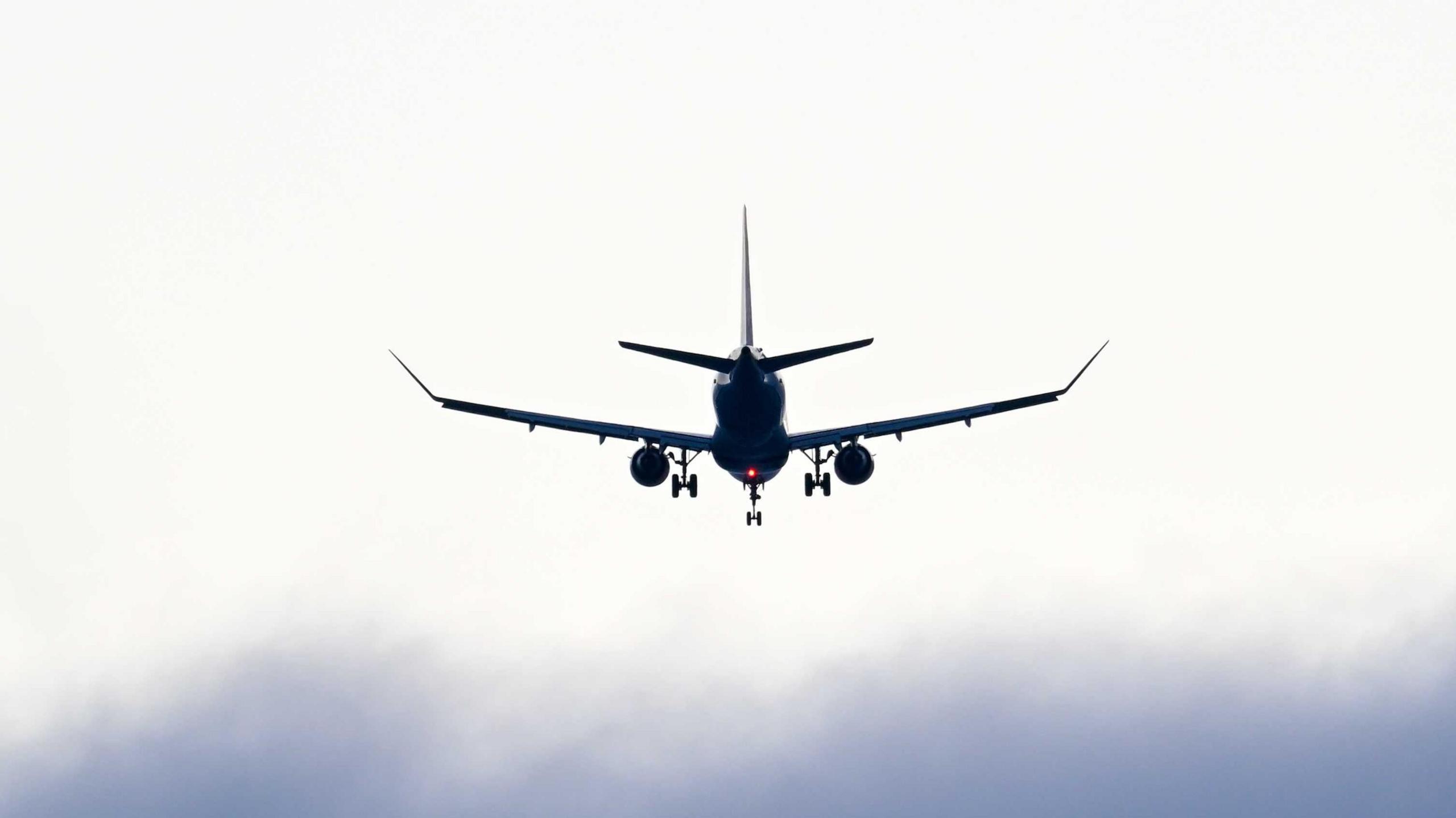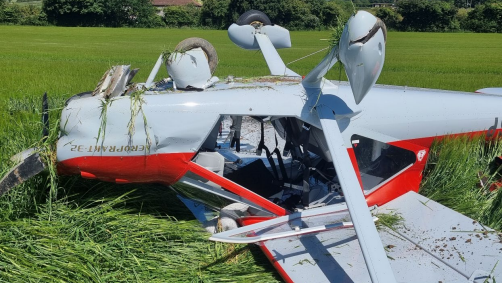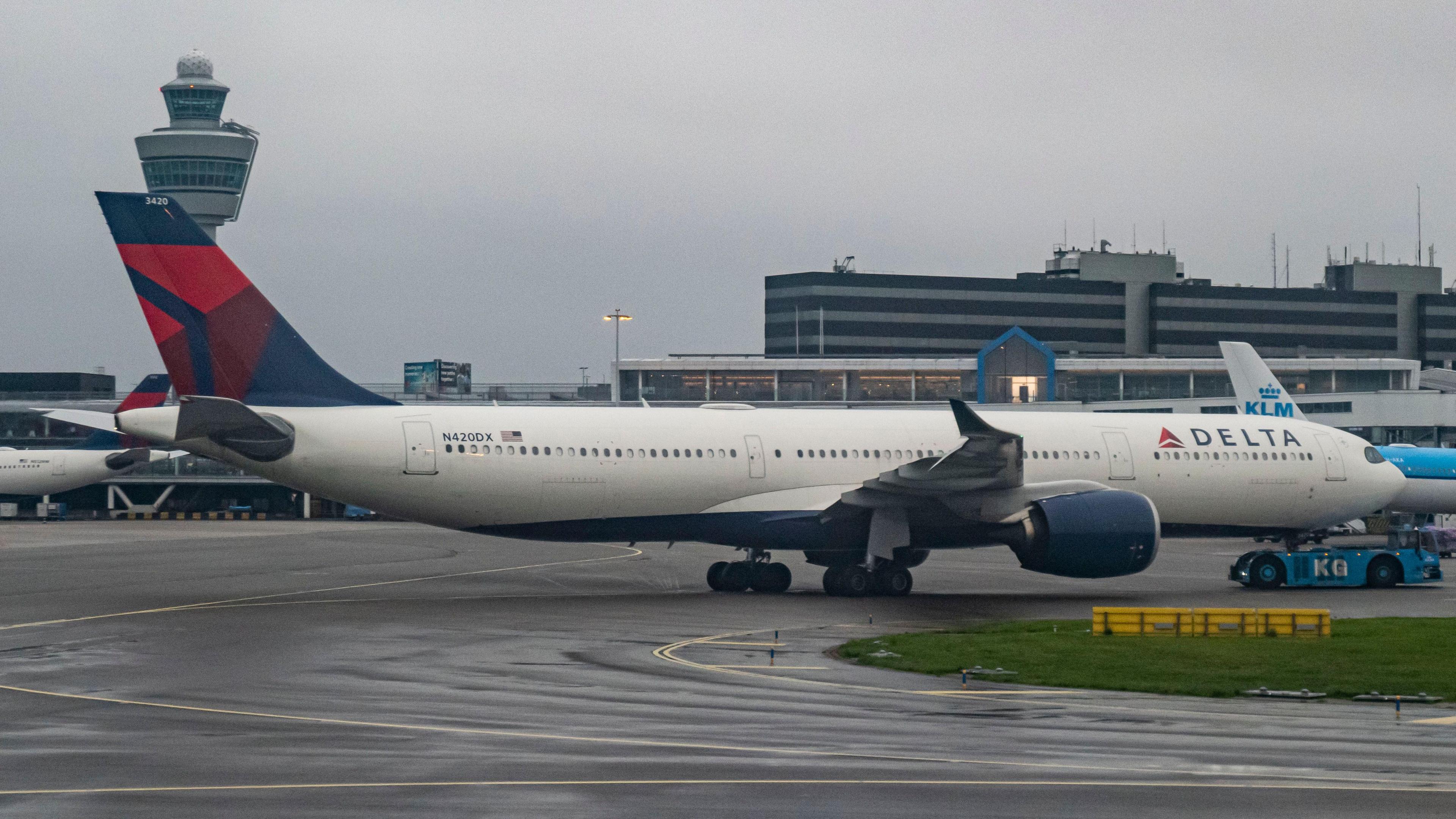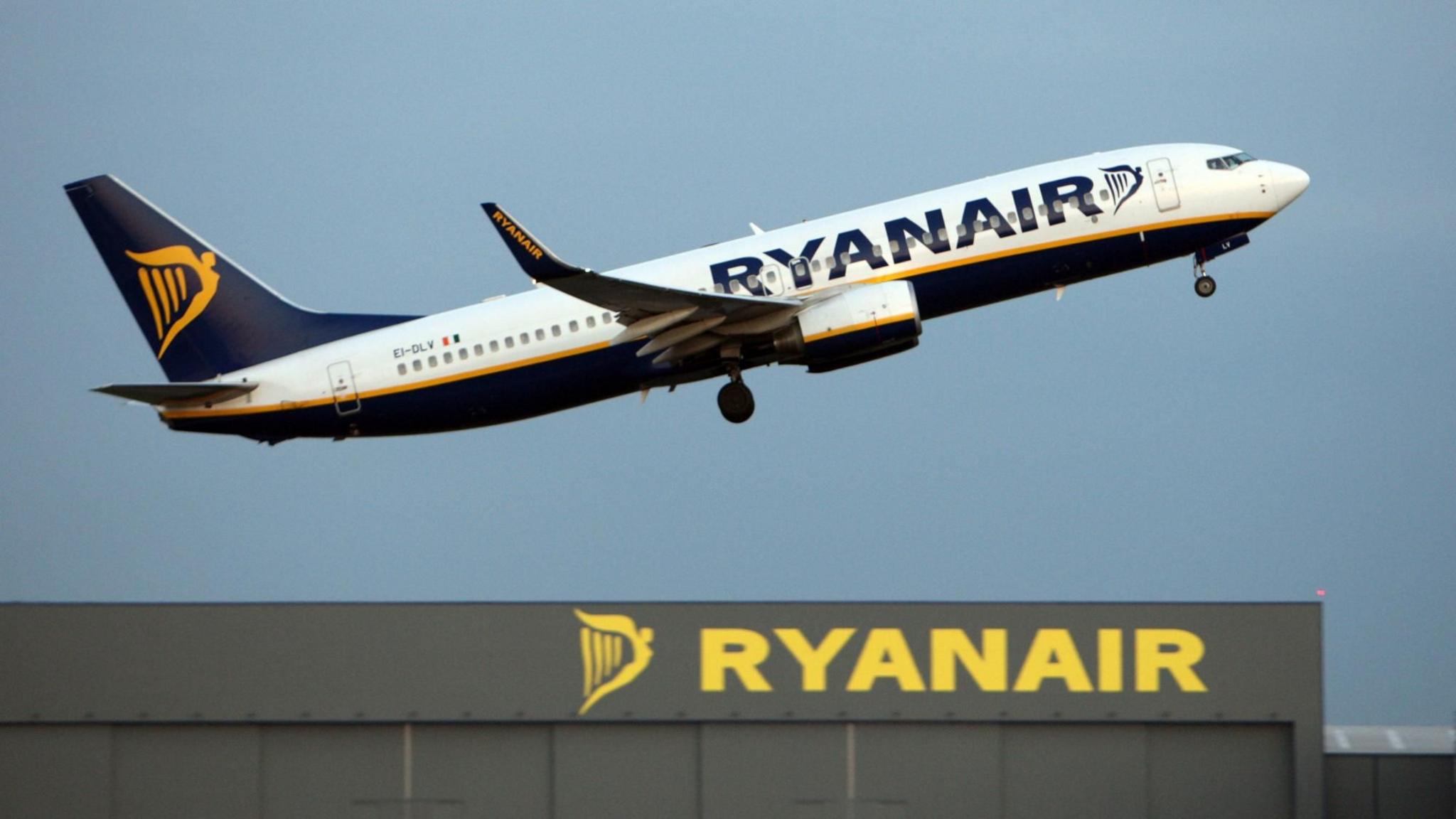Warning unexpected turbulence to become more common

Turbulent flights to beome more likely due to climate change research suggests
- Published
New research suggests that the atmosphere will become more turbulent as climate change makes the air less stable.
The University of Reading used 26 of the latest global climate models to study how warming temperatures affect jet streams at around 35,000 feet, a typical cruising altitude for a passenger airline.
As jet streams change they create stronger wind shear, the differences in wind speed at different heights.
PhD researcher at the University of Reading and lead author, Joana Medeiros said: "Increased wind shear and reduced stability work together to create favourable conditions for clear-air turbulence - the invisible, sudden jolts that can shake aircraft without warning.
"Unlike turbulence caused by storms, clear-air turbulence cannot be seen on radar, making it difficult for pilots to avoid." she said.
The University's Professor Paul Williams who also worked on the study said: "Recent years have seen severe turbulence incidents causing serious injuries and, in some tragic cases, fatalities.
"Pilots may need to keep seatbelt signs on longer and suspend cabin service more often during flights.
"Airlines will also need new technology to spot turbulence before it hits, protecting passengers as skies become more chaotic." he said.
The research published in Journal of the Atmospheric Sciences, external examined both moderate and high-emission scenarios, with the worst effects occurring for the highest greenhouse gas emissions.
Results show the problem will affect both northern and southern hemispheres.
Get in touch
Do you have a story BBC Berkshire should cover?
You can follow BBC Berkshire on Facebook, external, X (Twitter), external, or Instagram, external.
More like this
- Published16 August

- Published11 June 2024


